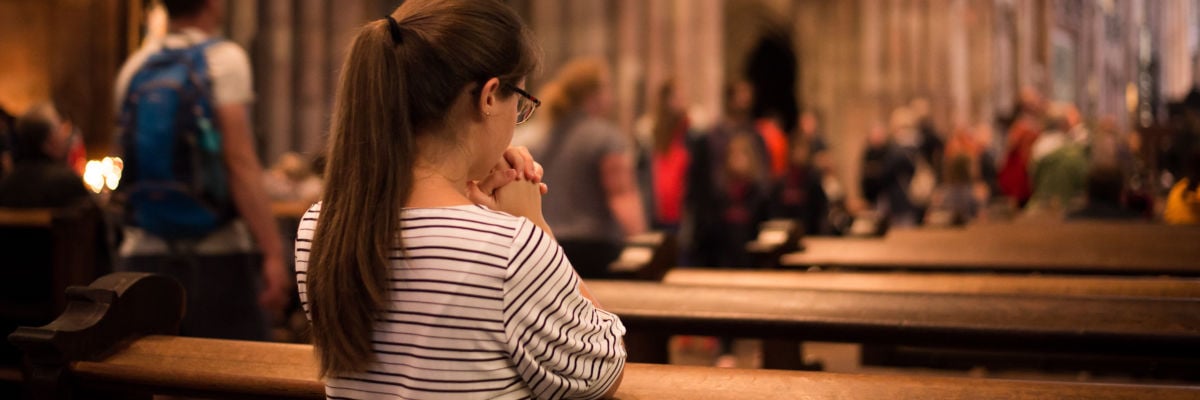
Recently, Pope Francis reiterated to the editors of Jesuit journal America that there was no possibility of the ordination of women to the Catholic priesthood. The Holy Father’s clear theological explanation, however, provoked one New York polemicist to accuse the pope of “mansplaining.” Since the sexual revolution, especially, a not uncommon objection from voices within and without the Catholic Church holds that the 2000-year-old institution oppresses women. Is this concern a legitimate one or one rooted in misunderstandings in anthropology? After all, Pope St. John Paul II, apologized in his 1995 Letter to Women for occasions “when members of the church have reflected more the attitudes of the culture than the kind of culture that Christianity is supposed to generate in the world.” Using the Letter to Women as a point of departure, theologian Simone Rizkallah, Director of Program Growth at ENDOW (Educating on the Nature and Dignity of Women), will take up this vexed question and help us understand whether the Church is the greatest oppressor, or greatest liberator, of women in history.



